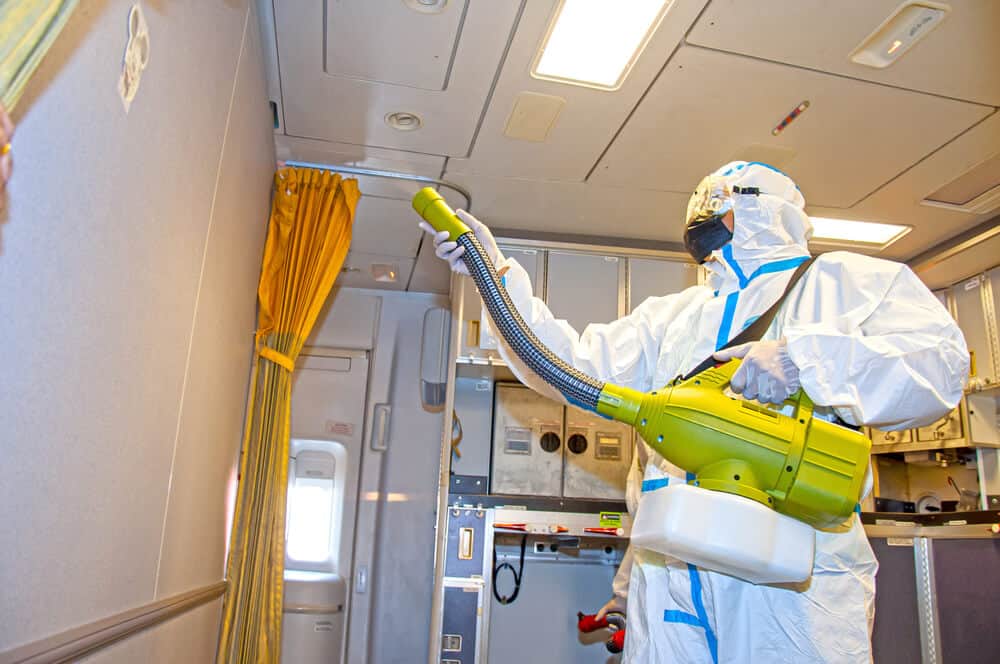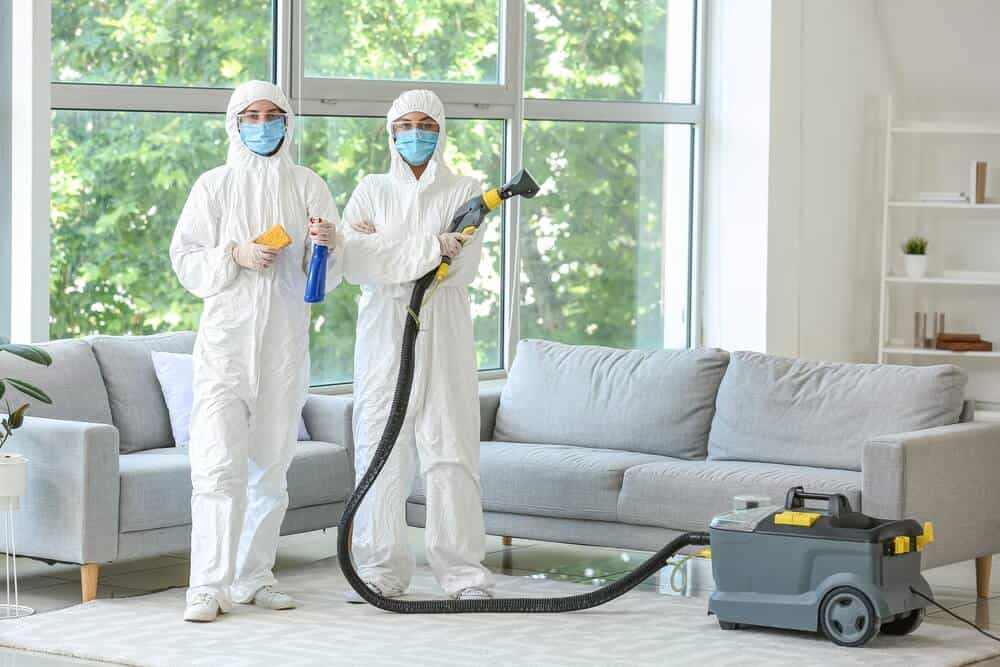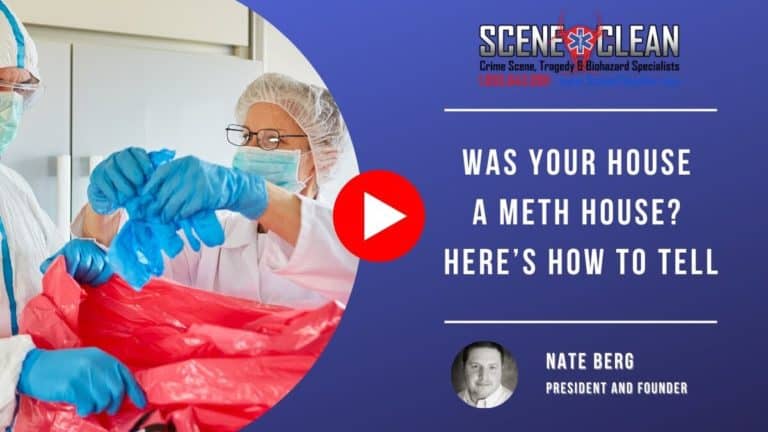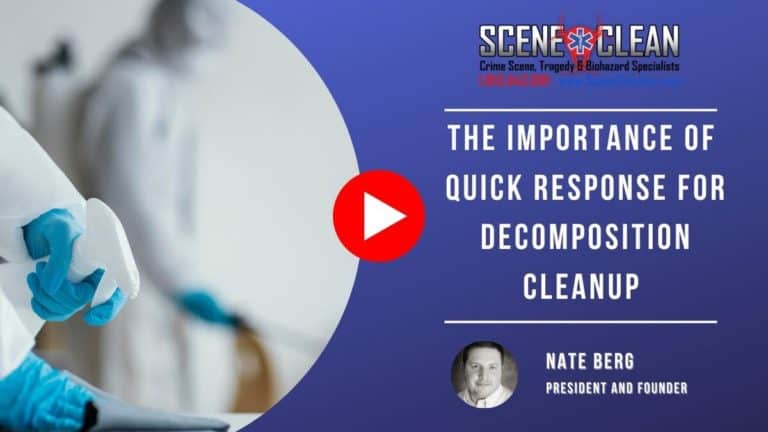When faced with a situation that requires biohazard cleanup, whether due to a crime scene, unattended death, or hazardous waste spill, it’s crucial to understand the complex steps involved in the cleanup process. If you’re a homeowner, landlord, or business owner contemplating hiring professionals for this service, this guide will walk you through what you can expect.

No Third-Party Access
One of the first steps in a biohazard cleanup process is ensuring that the area of concern is completely sealed off from third-party access. This is not just a matter of formality; it’s a safety precaution that protects everyone involved.
Why Limit Access?
In a biohazard situation, harmful pathogens and substances can present a significant health risk. Exposure to these elements can lead to serious, sometimes life-threatening, conditions. For this reason, it’s best that even homeowners and landlords refrain from entering the area until it has been properly dealt with.
Control and Assess Area
Once the area is secured, the next steps involve control and assessment. The cleanup team will take stock of the situation to determine the severity of contamination and decide on the most effective approach for cleanup.
The Control Measures
Technicians will set up a perimeter using tape or other barriers. Special equipment, like air scrubbers, may be used to control airborne pathogens. Signs will also be posted to alert anyone nearby of the biohazard risk.
Assessment Methodology
Using specialized equipment and following industry-specific guidelines, professionals will assess the scope of the situation. Photos and documentation may be part of this stage, which helps in planning the cleaning process effectively.
Clean, Demo, Construct
Phase 1: Cleaning
Upon completion of the assessment, the cleaning process begins. This involves removing all visible signs of the biohazard, which might include blood, bodily fluids, or other harmful substances. Technicians will use specialized cleaning agents that are designed to disinfect and eliminate pathogens.
Phase 2: Demolition (if necessary)
Sometimes, cleaning is not enough. For example, if flooring or drywall has been deeply penetrated by harmful substances, those materials might have to be removed. This is what professionals refer to as ‘demo,’ short for demolition. This phase involves the removal of contaminated materials that cannot be salvaged.
Phase 3: Construction
If demolition is performed, it’s likely that some level of subsequent construction will be necessary. This could range from simple tasks like replacing sections of drywall, to more complex projects like reinstalling flooring or electrical systems.
Conclusion

Understanding the steps involved can significantly alleviate the stress of undergoing a biohazard cleanup service. From ensuring no third-party access for safety reasons, to controlling and assessing the area for an effective cleanup, each phase is crucial in returning the affected environment back to a habitable state. If demo and construction are needed, being prepared for this can also make the process much smoother. Contact Scene Clean today to learn more about what you can expect during a biohazard cleanup service.






